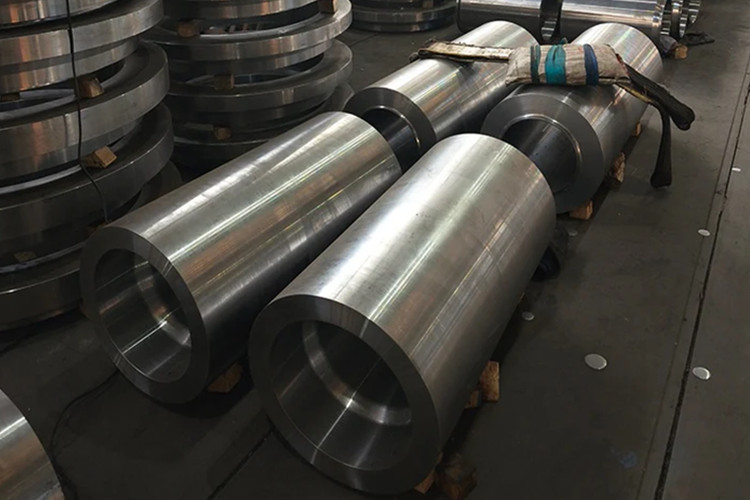- tyler@kirail.com
- +86 15603721115
The inspection methods for the internal quality of large forgings can be summarized as: macroscopic structure inspection, microscopic structure inspection, mechanical property inspection, chemical composition analysis, etc.
1. Macroscopic structure inspection
The macroscopic structure test is a test to observe and analyze the low-magnification structure characteristics of forgings by visual or low-magnification magnifying glass. Commonly used methods for macroscopic structure inspection of forgings include low-magnification corrosion method (including hot corrosion method, cold corrosion method and electrolytic corrosion method), fracture test and sulfur printing method.

2. Microscopic structure inspection
The microscopic structure inspection rule is to use an optical microscope to examine the microstructure of forgings of various materials. Inspection items generally include inherent grain size, or grain size at a specified temperature, that is, actual grain size, non-metallic inclusions, microstructures such as decarburized layer, eutectic carbide inhomogeneity, overheating, overburning and other required microstructures, etc.
3. Mechanical properties test
The mechanical properties and process properties test is to process the forgings and test pieces that have undergone final heat treatment into specified test pieces, and then use instruments such as tensile testing machines, impact testing machines, endurance testing machines, fatigue testing machines, and hardness testers to determine their mechanical properties and process properties.
4. Chemical composition analysis
Chemical composition testing generally uses chemical analysis or spectral analysis to analyze and detect the composition of forgings. With the development of science and technology, both chemical analysis and spectral analysis have made progress. For spectral analysis, it is no longer a simple composition analysis using spectroscopy and spectrometers. The emergence of photoelectric spectrometers not only has a fast analysis speed, but also greatly improves the accuracy. The emergence of plasma photoelectric spectrometers has greatly improved the analysis accuracy, and its analysis accuracy can reach 10-6. This method is very effective for the analysis of trace harmful impurities such as Pb, As, Sn, Sb, Bi, etc. in high-temperature alloy forgings.
The above-mentioned test methods, whether macroscopic organization, composition and microstructure test or performance test, are all destructive detection methods.